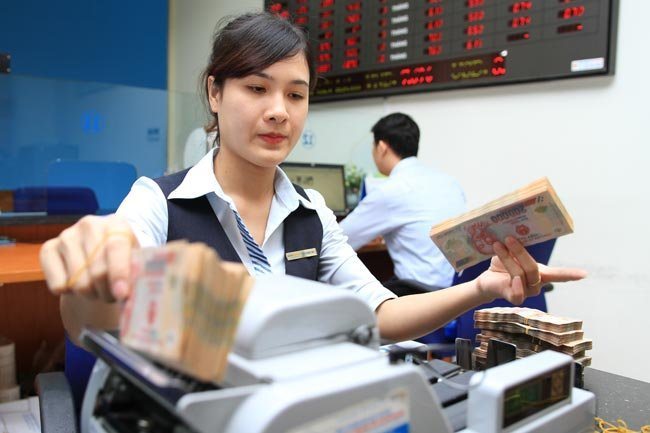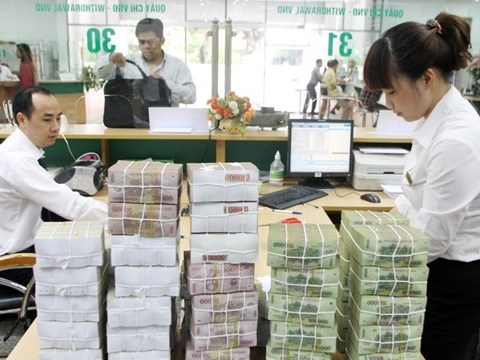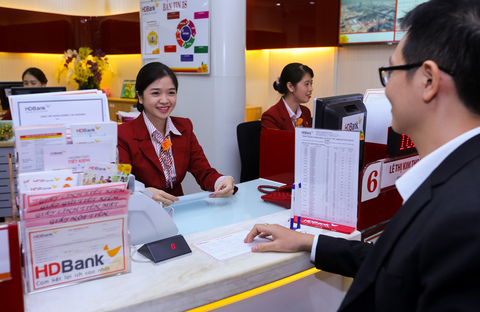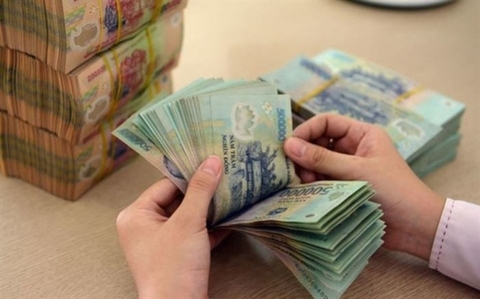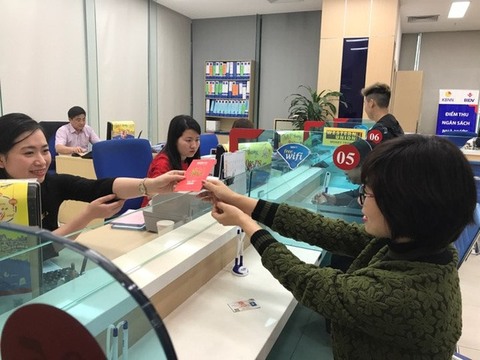Lenders warm to Vietnamese credits
Lenders warm to Vietnamese credits
Vietnamese borrowers are taking advantage of improved sentiment and abundant liquidity in the offshore loan markets, following positive sovereign rating news earlier this year.
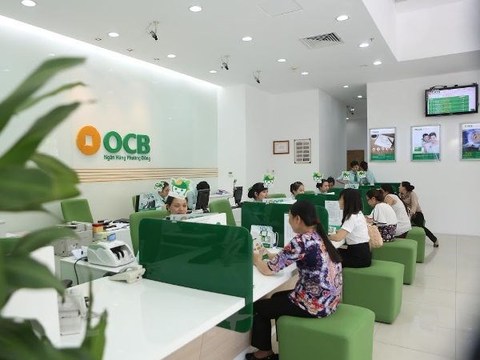
Consumer finance firm VPBank Finance is back for its second foreign-currency loan of the year, looking to raise up to US$200m through a 364-day loan.
Vietnam’s credit profile is supported by its favourable long-term growth prospects, trade dynamism and appeal as a foreign investment destination as the developing nation is expected to benefit from the US-China trade war, Moody’s said on August 16.
In May, Fitch revised the outlook on Vietnam’s BB ratings to positive from stable following a one-notch upgrade from S&P to BB from BB– in April. Moody’s upgraded Vietnam to Ba3 from B1 in August 2018.
These developments have improved market liquidity for loans for Vietnamese borrowers, including those with tight pricing, which in turn has encouraged deal flow.
“The rating moves from S&P and Fitch earlier this year have further boosted the market for Vietnamese credits. Liquidity among foreign lenders has increased for corporates and there are more first-time borrowers now willing to embrace offshore funding and the disclosure rigours that come with it,” said Aditya Agarwal, head of loan syndicate and sales at Maybank.
Borrowers from Vietnam are more diverse than a couple of years ago, when state-owned entities and financial institutions dominated activity in the offshore loan markets.
Healthcare provider Vinmec International General Hospital is one example. In May, the subsidiary of privately owned conglomerate Vingroup closed a US$360m three-year debut syndicated loan that saw participation from nine banks, including sole mandated lead arranger and bookrunner Deutsche Bank.
Last month, coal-fired power plant operator AES-VCM Mong Duong Power launched a US$484.71m loan on the back of a US$678.5m 9.8-year senior secured bond it priced at a 5.125% coupon in July. MDP had last tapped the loan markets in July 2011 for a US$1.461bn 18-year project financing.
BIGGER PIPELINE
Vietnam’s loan volumes have already surged to US$5bn from 10 deals year to date, while another half dozen transactions totalling US$4.25bn are in the pipeline. At this rate, the country is poised for a record year in offshore loans.
Some of the deals are pushing the boundaries further with tighter pricing and longer tenors. For instance, Ho Chi Minh-listed PetroVietnam Gas is in the market via sole MLAB Mizuho Bank with a US$250m seven-year loan that pays a top-level all-in pricing of 180bp based on an interest margin of 174bp over Libor and has an average life of 5.2 years.
That represents a significant drop in pricing compared with a US$210m five-year term loan for the same borrower in May 2017. That deal paid a top-level all-in of 250.9bp based on a margin of 240bp over Libor and a 2.75-year average life.
Vinmec’s loan paid a top-level all-in pricing of 327.43bp based on a margin of 300bp over Libor, a 10bp early-bird fee and an average life of 2.9166 years.
In comparison, Vinfast Trading and Production, an affiliate of Vinmec and a Vingroup subsidiary, closed a loan in July last year that paid a top-level all-in pricing of 370.38bp based on a margin of 350bp over Libor and an average life of 3.925 years.
“The recent pricing for Vietnamese deals has not been so attractive, especially the top-tier names,” said a Singapore-based banker at a Taiwanese bank. “But Vietnamese deals still offer better returns as they still meet our hurdles of minimum 100bp pricing unlike some of the Indonesian state-owned names.”
The average margin for Vietnamese offshore loans slid to 228.1bp in 2019 from 387.1bp over Libor in 2016, according to Refinitiv LPC data.
More pressure on offshore loan pricing is expected as interest rates onshore are also falling. On September 13, the State Bank of Vietnam announced a surprise 25bp cut to its refinancing and discount rates.
“Spreads are compressing offshore for repeat borrowers as there is increased comfort and acceptance from the market. Moreover, the State Bank of Vietnam’s interest rate cuts add further downward pressure when top-tier borrowers compare their fully hedged US dollar cost of funding against Vietnam dong loans, a trend we only see deepening as local capital markets develop further,” said Maybank’s Agarwal.




